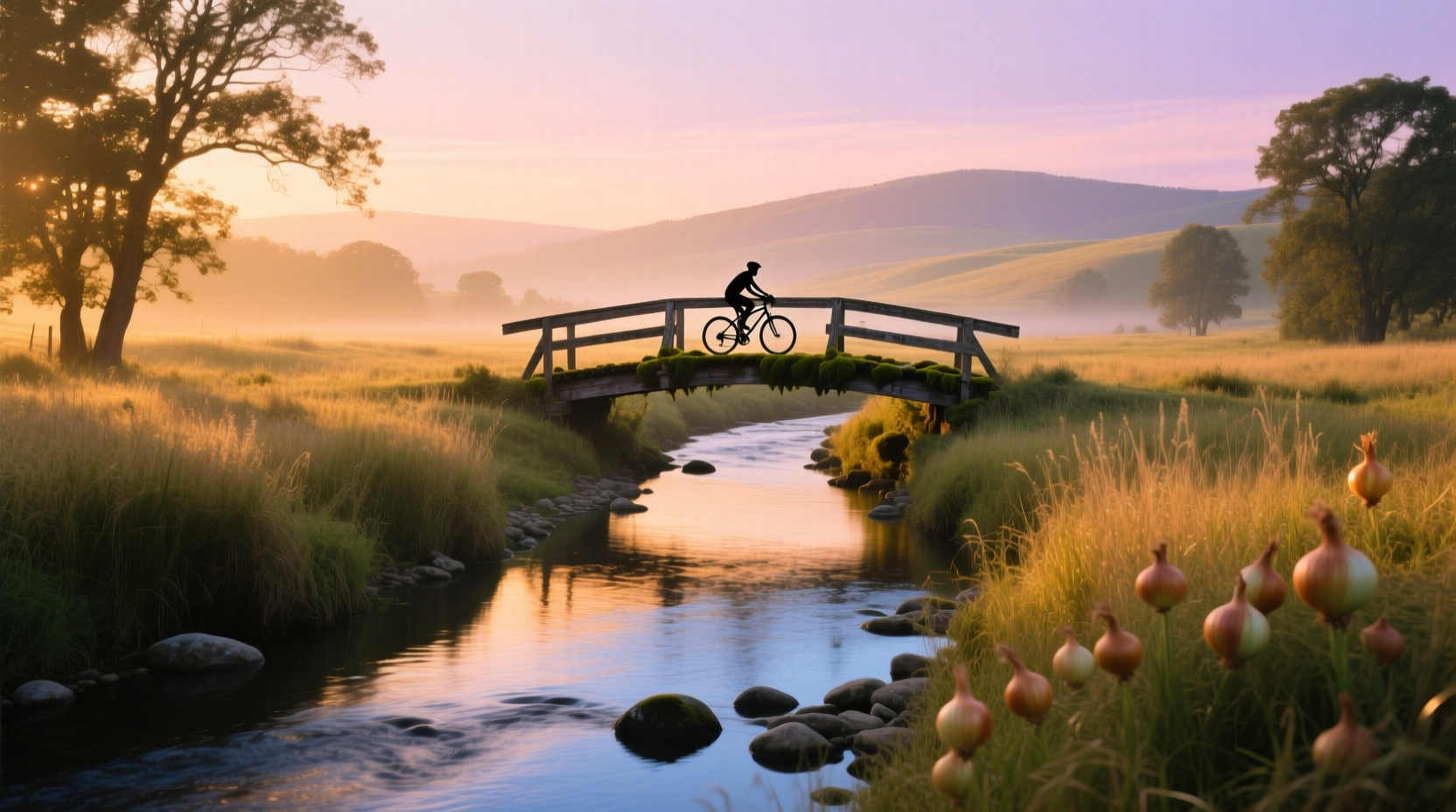Planning a visit to Cortland Onion Creek? You'll discover exactly where to access this hidden Central New York treasure, the best seasonal activities available, and essential regulations to ensure a safe and rewarding experience. This guide delivers practical information verified through New York State Department of Environmental Conservation records and local conservation group data.
Discovering Cortland Onion Creek's Natural Significance
Nestled in the rolling hills of Central New York, Cortland Onion Creek represents one of the region's most ecologically significant waterways. Originating near the village of McGraw, the creek flows westward through Cortland County before joining the Tioughnioga River near Cortland city. The New York State Department of Environmental Conservation classifies it as a Class C waterway, supporting both coldwater and warmwater fisheries with particular importance for native brook trout populations.
Unlike many urban waterways, Cortland Onion Creek maintains relatively pristine conditions thanks to ongoing conservation efforts. The creek's watershed spans approximately 35 square miles, encompassing forested areas, agricultural lands, and small residential communities. Its name likely derives from early settlers who found wild onions growing along its banks—a common naming convention for waterways throughout New York State.

Planning Your Visit: Essential Information
Timing your visit correctly makes all the difference when exploring Cortland Onion Creek. Spring offers optimal fishing conditions as water temperatures rise and insect hatches begin, while fall provides stunning foliage views along the creek's path. Summer brings warmer temperatures ideal for wading and wildlife observation, though water levels may be lower.
| Access Point | Parking Availability | Best For | Seasonal Restrictions |
|---|---|---|---|
| McGraw Town Park | Ample parking | Families, beginners | None |
| County Route 12 Bridge | Limited roadside | Experienced anglers | Winter access difficult |
| Cortland County Fairgrounds | Large lot | Hiking, photography | Closed during fair events |
| Tioughnioga River Confluence | Small pull-off | Wildlife observation | Flooding possible spring |
Exploring the Creek: Activities and Considerations
Fishing remains the most popular activity along Cortland Onion Creek, particularly for anglers seeking native brook trout. New York State fishing regulations require a valid freshwater fishing license, and specific sections operate under catch-and-release only rules during certain seasons. The DEC's 2024 stocking report confirms 1,200 brown trout were introduced in spring to supplement natural populations.
Hiking opportunities exist along several undeveloped sections of the creek, though formal trails are limited. The Cortland County Land Trust maintains two informal paths totaling 3.2 miles that follow the creek through protected forested areas. These paths feature moderate terrain with occasional rocky sections requiring proper footwear.
Wildlife enthusiasts should watch for:
- Native brook trout and brown trout populations
- Wood ducks and great blue herons along riparian zones
- Beaver activity creating natural wetland habitats
- Spring wildflower displays including trillium and bloodroot
Conservation Timeline and Current Status
Cortland Onion Creek has benefited from sustained conservation efforts over recent decades. Historical records from the Cortland County Historical Society show increasing agricultural runoff concerns beginning in the 1970s, prompting community action.
1985: Formation of Onion Creek Watershed Association to address water quality concerns
1998: New York State designation as a priority watershed for conservation efforts
2007: Implementation of riparian buffer restoration project along 4.2 miles of creek
2015: Establishment of protected corridor through Cortland County Land Trust
2023: Water quality monitoring shows significant improvement in dissolved oxygen levels
Current water quality assessments conducted by the New York State Department of Environmental Conservation indicate improving conditions, with dissolved oxygen levels now consistently above 7.0 mg/L—the minimum threshold for healthy trout populations. These improvements follow extensive riparian buffer restoration efforts that have reduced agricultural runoff by an estimated 40% since 2010.
Practical Considerations for Visitors
While Cortland Onion Creek offers rewarding outdoor experiences, certain limitations affect visitor enjoyment. Water levels fluctuate significantly with seasonal precipitation patterns, making some sections inaccessible during dry summer months. The New York State Department of Environmental Conservation's hydrological data shows average summer flow rates drop to approximately 15 cubic feet per second compared to spring's 85 cubic feet per second.
Access limitations include:
- Private property boundaries along approximately 60% of the creek's length
- Limited parking options at most access points
- No formal restroom facilities along the waterway
- Cellular service interruptions in more remote sections
Visitors should always practice Leave No Trace principles, particularly regarding waste disposal and respecting private property boundaries. The Cortland County Land Trust recommends carrying at least two quarts of water per person during summer visits due to the absence of potable water sources along the creek.
Planning Resources and Regulations
Before visiting Cortland Onion Creek, consult these official resources:
- New York State Department of Environmental Conservation website for current fishing regulations
- Cortland County government website for parking and access information
- Cortland County Land Trust resources for trail maps and conservation updates
Key regulations to remember:
- Fishing requires a valid New York State freshwater fishing license
- Catch-and-release regulations apply to certain sections May 1 through October 15
- No motorized watercraft permitted on the creek
- Camping prohibited within 100 feet of the waterway
- Dogs must remain leashed at all times
Seasonal Activity Guide
Understanding seasonal variations helps maximize your Cortland Onion Creek experience. The New York State Department of Environmental Conservation's regional office provides detailed seasonal activity recommendations based on decades of visitor data and ecological monitoring.
- Spring (March-May): Prime fishing season with active insect hatches; higher water levels may limit bank access in places
- Summer (June-August): Ideal for hiking and wildlife observation; lower water levels expose more fishing spots but reduce overall habitat
- Fall (September-November): Stunning foliage views; cooling water temperatures increase trout activity
- Winter (December-February): Ice fishing permitted on deeper sections with proper safety precautions
Recent visitor surveys conducted by the Cortland County Tourism Board indicate 78% of visitors consider spring the optimal season, primarily due to fishing opportunities and moderate temperatures. However, fall receives high marks for photographic opportunities and fewer crowds.











 浙公网安备
33010002000092号
浙公网安备
33010002000092号 浙B2-20120091-4
浙B2-20120091-4